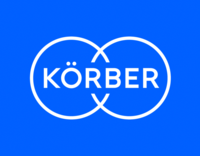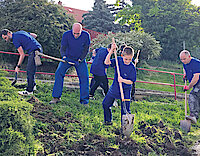
Mr. Plump, how does scrum differ from other development methods?
With the scrum method, the teams themselves decide on which approaches to use. To this end, goals are defined and sprints that run for two to four weeks are organized. During this time, each team meets several times a week, with each team member reporting on what they’ve achieved in the interim, what they plan to do next, and what might be preventing them from completing their tasks.
What’s the biggest benefit to you?
Scrum is interdisciplinary — all of the functions pull together. However, scrum is also a very flexible work method that allows customers to directly influence the development process via their discussions with the product owners. At Hauni, we utilize a quality gate process that can be combined with the scrum method.
What is your main task as a Scrum Master?
My role is clear: I’m responsible for creating structures that ensure optimal teamwork. If a team member encounters a problem, I work together with him or her to eliminate it. Every scrum process also has a product-related and a social side to it, so I also make sure everyone can work together smoothly in a constructive atmosphere with indepth discussions.












